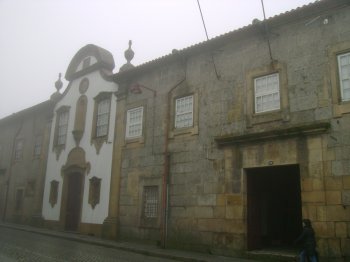Explore the best places
Discover new places in Guarda
Estação Arqueológica da Póvoa de Mileu
- heritage
Rua Vila de Manteigas
6300-617, Guarda
Ancient Roman villae, whose excavation area is confined to the South of Chapel of Nossa Senhora Mileu. There are traces of buildings of the Roman period but its function is unknown.
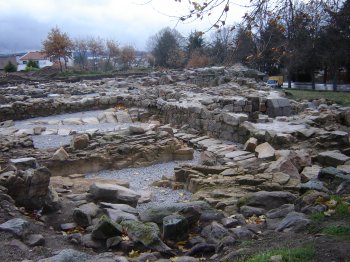
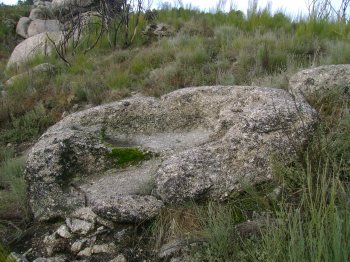

Convento de São Francisco / Arquivo Distrital da Guarda
- heritage
Praça Doutor Francisco Salgado Zenha - Rua Francisco Salgado Zenha, 111
6300-694, Guarda
Convent located out-of-doors, where Peter lived. In 1246 was already built and in 1634 the community already had 28 brothers. With the expulsion of the religious orders was turned into barracks. Underwent restoration and now houses the District Archives of the guard.
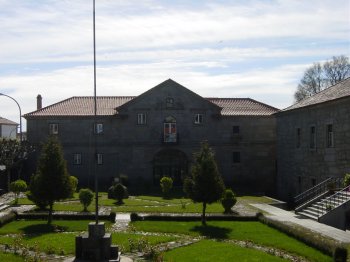
Castro do Tintinolho
- heritage
EN16
6300, Guarda
Fortified village occupied since the iron age to the Visigothic period. Features walls with three concentric levels and a defensive structure formed by natural and artificial topography. Inside were circular or rectangular houses of stone masonry.

Castro do Jarmelo
- heritage
São Pedro do Jarmelo
6300-210, Jarmelo (São Pedro)
It is a fortified mound, dominating vast horizon, endowed with water supply infrastructure and showing walls with two concentric levels. The Roman road with the vestiges of the Moorish Fountain and a tomb excavated in the rock, near the Church Santa Maria del Jarmelo, the area of St. Peter's Church, cemetery and belfry and casa da câmara, two graves dug into the rock and the land that comprises the Church of San Miguel and two sources of diving. Reveals occupations from the iron age to Medieval times.
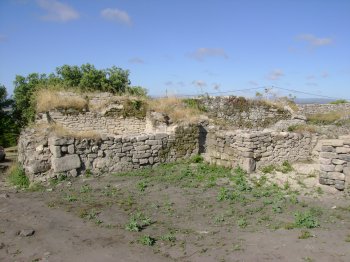
Castelo da Guarda / Torre de Menagem
- heritage
Rua Dona Maria Luísa Godinho
6300-758, Guarda
At the highest point of the city, at 1056 meters of altitude, is the Castelo da Guarda, better known as Torre de Menagem. The town was inhabited by order of Dom Sancho I, who granted it a charter and privileges in 1199, and transferred the seat of the diocese to here. This first charter was confirmed by the same king in 1217, 1229 and, later, in 1254, by Dom Afonso III. In 1510, Dom Manuel granted it a new charter and granted his son, Dom Fernando, the title of Duke of Guarda.

Edifício na Rua Dom Sancho I / Sede da Secção Regional do Centro da Ordem dos Médicos
- heritage
Rua Dom Sancho, 14-22 - Largo do Paço do Biu
6300-592, Guarda
Property in granite where stands out an angle window with marble column. Has a step of the Via Sacra integrated on the facade. Currently, lies in ruins.
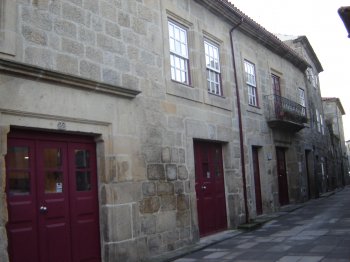
Edifício do Século XVII / Sede da Comunidade Intermunicipal das Beiras e Serra da Estrela
- heritage
Praça Luís de Camões, 44-46
6300-725, Guarda
Seventeenth-century two storey building with rectangular plan and coverage to two waters. The upper floor is supported by three large arches. Has three terraces, two stones with the arms, Cannon-type with gargoyles and pinnacles striations with weapons and armilares balls. This building (former Town Hall) was renovated in 1999 and is in very good condition.
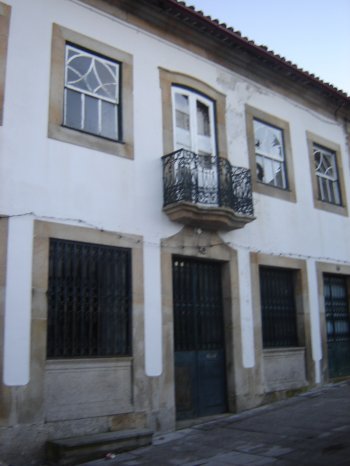
Edifício do Antigo Paço Episcopal e Seminário / Museu da Guarda
- heritage
Rua General Alves Roçadas, 30
6300-663, Guarda
Building with facade with three bodies, being the one in the Center, the Church, surmounted by a pediment in the middle circle that rises above the cornice. The lateral bodies are of eaves run with conical ridged gargoyles. The cloister and heraldic symbols and decoration, the shells, palmetas, volutes, loops, braids and geometric motifs.
